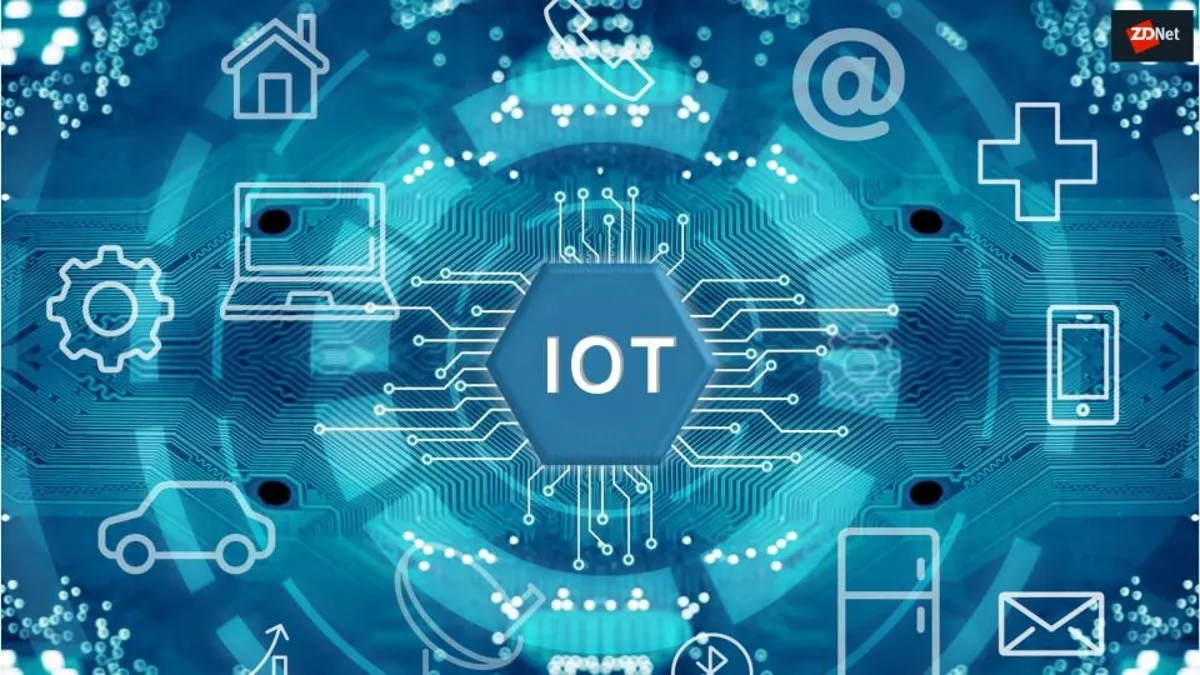
Harnessing the Power of IoT: Machine Connectivity in the Digital Age
The Internet of Things (IoT) has rapidly transformed the way we interact with the world around us. In the digital age, machines and devices are no longer limited to their individual functions; they are now interconnected, communicating, and sharing data with one another. This revolution in technology has given rise to an era where the seamless integration of machines and their connectivity is changing the way we live, work, and do business.
IoT, at its core, is the network of physical objects, devices, vehicles, buildings, and other items embedded with sensors, software, and network connectivity that enable them to collect and exchange data. This data-driven connectivity has opened up a world of opportunities across various sectors, including healthcare, manufacturing, agriculture, transportation, and smart cities. Here’s a closer look at how IoT is transforming our world.
Enhancing Efficiency and Productivity
One of the most significant advantages of IoT is its ability to enhance efficiency and productivity. In the manufacturing industry, for example, IoT sensors can be integrated into machines to monitor their performance in real-time. This data can help identify potential issues before they cause downtime and optimize machine usage, leading to increased productivity and cost savings.In agriculture, IoT-enabled devices can collect data on soil conditions, weather patterns, and crop health. Farmers can make more informed decisions about irrigation, fertilization, and pest control, ultimately leading to higher crop yields and reduced resource consumption. Similarly, in the healthcare industry, IoT devices such as wearable fitness trackers and remote monitoring systems have the potential to revolutionize patient care, allowing for real-time monitoring of vital signs and chronic conditions.iiot platform is one of the best place for machine connectivity.
Smart Cities and Sustainability
IoT is playing a significant role in the development of smart cities. Through the deployment of connected devices and sensors, cities can better manage resources, reduce energy consumption, and improve overall quality of life for their residents. Smart traffic lights can optimize traffic flow, reducing congestion and emissions. Waste management systems can become more efficient, and public safety can be enhanced through connected surveillance systems.
Sustainability is also a key driver of IoT adoption. By monitoring energy consumption and environmental conditions, businesses and individuals can make more eco-friendly choices. For instance, smart thermostats can adjust heating and cooling based on occupancy, and smart grids can optimize energy distribution, reducing the environmental footprint.
Data-Driven Decision Making
The vast amount of data generated by IoT devices offers invaluable insights that drive informed decision-making. For businesses, this means better understanding customer behavior, optimizing supply chains, and predicting equipment maintenance needs. Governments can use data from IoT devices to address urban challenges and improve public services.
In healthcare, the analysis of patient data collected through IoT devices can lead to more personalized and effective treatment plans. For instance, doctors can use remote monitoring to adjust medication regimens in real-time, improving patient outcomes.Please visit IXON (Germany) for more info.
Challenges and Concerns
While the potential of IoT is vast, it also brings about challenges and concerns. Data security is a paramount issue as the more devices are connected, the more potential entry points for cyberattacks. Privacy concerns also arise as more personal data is collected and shared. Ensuring the security and privacy of IoT networks is essential for their long-term success.
Interoperability is another concern. As IoT devices come from various manufacturers and run on different platforms, ensuring seamless communication and integration can be a complex task. Standardization efforts are ongoing to address this issue.
The Future of IoT
As technology continues to advance, the potential of IoT is only limited by our imagination. The future may see the integration of AI and machine learning to make IoT systems even smarter and more autonomous. 5G networks will enable faster and more reliable communication between devices, further expanding IoT’s capabilities.







